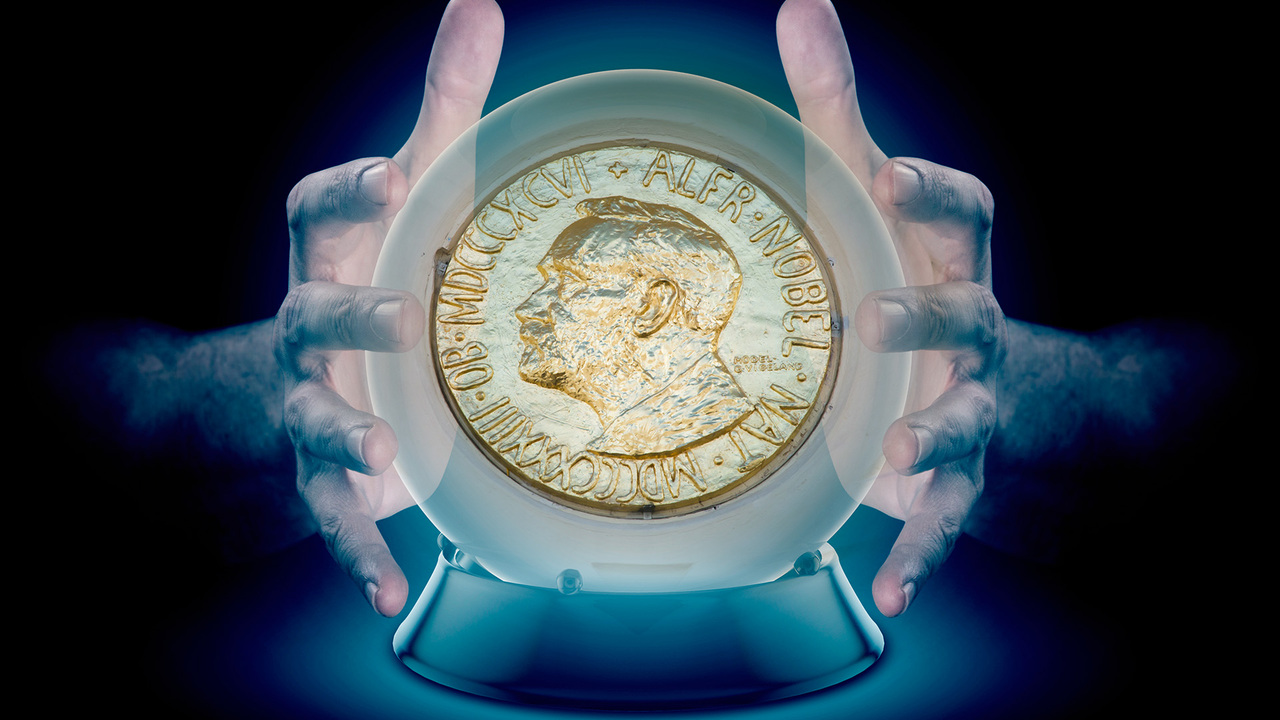
With only two weeks remaining until the announcement of the 2025 Nobel prize in chemistry, Clarivate, the provider of the Web of Science, has released a compilation of researchers whose work has been deemed worthy of this prestigious recognition.
This compilation of citation laureates was generated by determining which researchers had work cited 2000 times or more – a figure representing less than 0.02% of publications. The list of these highly-cited researchers is then refined by experts at the Institute for Scientific Information at Clarivate to formulate the citation laureates. Since 2002, 83 citation laureates have subsequently been awarded Nobel prizes, highlighting the forecasting capability of this approach.
This year, the citation laureates list features 22 researchers whose contributions have significantly influenced science and society. The laureates were selected due to their advancements in areas of global significance, from chemistry to economics. Among them, five citation laureates in chemistry have been acknowledged this year across three distinct fields.
Clifford Brangwynne, who leads the Omenn-Darling Bioengineering Institute at Princeton University; Anthony Hyman, director and research group head at the Max Planck Institute of Molecular Cell Biology and Genetics; and Michael Rosen, a biochemist at the Howard Hughes Medical Institute and UT Southwestern Medical Center, were acknowledged for their findings related to the role of phase-separated biomolecular condensates in the biochemical organization of cells. Although each of them made unique yet complementary contributions, their combined work forged a new framework in cell biology, demonstrating how cells compartmentalize biochemical processes.
Brangwynne and Hyman worked together during Brangwynne’s postdoctoral tenure in Hyman’s lab at the Max Planck Institute. In 2009, they released a groundbreaking paper demonstrating that P granules, cellular components found in the model organism Caenorhabditis elegans, behave akin to liquid droplets. This surprising discovery introduced the concept of liquid–liquid phase separation (LLPS) in living cells, enhancing our understanding of how cellular biochemistry is organized without the dependence on membranes. Rosen identified that interactions among proteins can lead to the creation of droplet-like condensates, particularly related to the cytoskeleton and signaling proteins. His research laid a biochemical and molecular groundwork for comprehending LLPS. The trio’s interdisciplinary contributions from physics, cell biology, and chemistry have established biomolecular condensates as a key tenet of cellular organization. They have collectively received honors such as the Wiley Prize in Biomedical Sciences. Their findings have transformed cell biology and provided new perspectives on understanding diseases like cancer and neurodegeneration.
Next on the roster, Jean-Marie Tarascon from Collège de France has garnered recognition for his input in energy storage and conversion technologies, especially for significant advancements and innovative applications that have influenced the research of sustainable battery systems. His studies have propelled the lithium-ion battery field, with a strong emphasis on sustainability and performance. His innovations have fostered the creation of thin, flexible plastic lithium-ion batteries, replacing traditional liquid electrolytes with safe polymer alternatives, marking a significant improvement in both safety and environmental effects. Tarascon has been honored with multiple awards, including the 2011 ENI Award for his contributions to affordable, high-performance batteries. He was inducted into the French Academy of Sciences in 2005 and was awarded the Legion of Honour in 2009.
Lastly, Tao Zhang, a chemist at the Chinese Academy of Sciences, has been acknowledged for his advancements in single-atom catalysis and its practical uses. His groundbreaking work established single-atom catalysis as a key concept in heterogeneous catalysis, allowing atomic-level control over active sites and significantly boosting efficiency and selectivity in chemical reactions. Zhang’s studies have paved the way for progress in energy conversion, environmental stewardship, and sustainable chemical manufacturing, bringing single-atom catalysis closer to actual industrial use.
This year also sees three physics citation laureates with substantial connections to chemistry. David DiVincenzo, director of the Institute of Theoretical Nanoelectronics at Forschungszentrum Jülich, and Daniel Loss, a theoretical physicist at the University of Basel, have been acknowledged for their proposal of a quantum computing framework utilizing electron spins in quantum dots as qubits, a concept introduced in 1997.
Ewine van Dishoeck, a molecular astrophysicist at Leiden University, is recognized for her pioneering contributions to astrochemistry, unveiling the molecular intricacy of interstellar clouds and their vital role in star and planetary system formation. Van Dishoeck has previously been noted by numerous Nobel-prize speculators as a potential future chemistry laureate.
Among the scientific community, predictions informed by intuition and expertise are also emerging from a poll conducted by ChemistryViews. The poll forecasts that this year’s victor will be an American biochemist, with leading candidates such as Chi-Huey Wong,